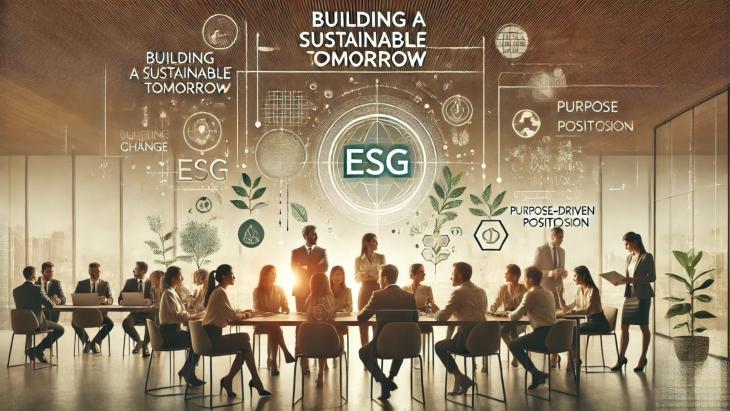We're all guilty of making assumptions and I'm no better or worse than anyone else. When I was invited to speak at BalticBest, I thought to myself: 'Great! A chance to see Tallinn'. Being inspired by the creative industries of Estonia, Latvia and Lithuania wasn't high on my list of expectations.
Keep a cross-borders open mind, however, and you'll find that inspiration and learning comes from anywhere. My usual stomping ground runs from Amsterdam to London between our FinchFactor offices, with regular work trips to Cannes, New York, Dubai and Stockholm. The Baltics? To my shame, I had to look on a map and check where it is and what countries it embraces; it isn’t a region I fish in for clients, inspiration or holiday locations.
I was invited to speak in Tallinn about Amsterdam as an international hub for creativity, by Estonia’s Dutch Ambassador for The Kingdom of The Netherlands (that’s what it says on the business card). This presentation was followed by another talk at BalticBest on how to make an agency ‘famous’ (for want of a better word). A couple of things: I’m not the Amsterdam Tourist Board and I don’t represent the city. What I do have, though, is a deep understanding of what it’s like, as a foreigner, to set up a business within an ever-growing and shape-shifting creative industry, focused on international clients who are based around the globe. That’s what people in Tallinn wanted to know about: how does their city evolve into a hub recognized and respected worldwide for it’s innovative chutzpah?
For Brits living and working in London, it’s easy to forget that there’s a world outside our own backyard. London agencies take it for granted that a leading creative industry is part of the city’s DNA – there’s no proof point required, it simply is. Nowadays the same goes for Amsterdam, a city that has been central to the cultural revolution and design innovation since the Golden Age – it’s just taken the rest of the world a while to recognize, respect and regale this as so. That has taken work from the local and international tech, design and advertising industries working together to collectively build a community global brands want to be a part of.
In contrast, the Baltic region is in a period of change and acceleration, where Riga, Vilnius and Tallinn are looking to other already established cities as models of creative excellence. London is too advanced, big and British (no matter how many nationalities in London, it’s always British, or should we say English – or actually London-esque). Amsterdam, on the other hand, reflects a true pan-European spirit which is cross-cultural, cross-borders and cross-discipline. Running a company of twelve spanning two offices, seven nationalities, two genders and eleven languages, I know what that’s like and how trans-thinking informs the work. For the better.
As the token Brit at BalticBest, a conference for 250 Estonians, Latvians and Lithuanians, it was fascinating to watch a region struggle with cross-borders thinking within it’s own markets, let alone outside. The awards jury – made up of Dutch, Belgians, Swedes, Norwegians, and local experts – were impressed by Gold award winners, for Design and Branded Content, but also disappointed in a generally conservative creative industry. Conservatism due to lack of opportunity or bravery, perhaps, but not a lack of talent or passion. And that’s heartening. Let’s keep creative borders open and see where that gets us – because, historically, it’s worked wonders in the past.







Plaats als eerste een reactie
Ook een reactie plaatsen? Word lid van Adformatie!